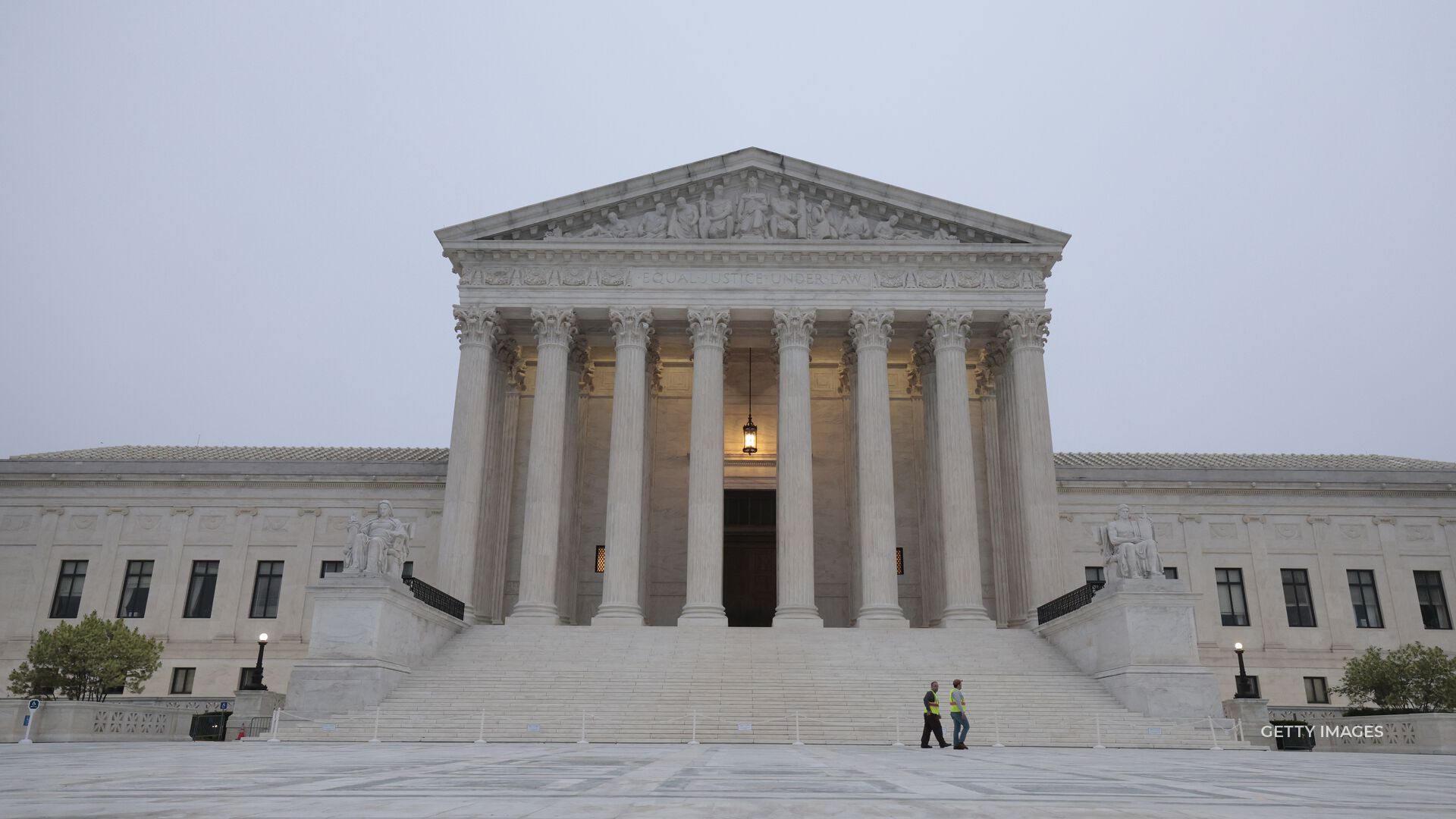The Supreme Court ruled Thursday on a case that will have a massive impact on how the Environmental Protection Agency (EPA) will police greenhouse gas emissions. The EPA is not authorized to make emissions rules on its own, unless Congress explicitly spells out how it should be done. The ruling puts a damper on the future of President Joe Biden’s plans to combat climate change.
In the case of West Virginia v. Environmental Protection Agency, the nation’s highest court ruled 6-3. Chief Justice John Roberts issued the majority opinion, stating, “Capping carbon dioxide emissions at a level that will force a nationwide transition away from the use of coal to generate electricity may be a sensible ‘solution to the crisis of the day.’”
“It is not plausible that Congress gave EPA the authority to adopt on its own such a regulatory scheme,” Roberts added. “A decision of such magnitude and consequence rests with Congress itself, or an agency acting pursuant to a clear delegation from that representative body.”
Justices Stephen Breyer, Sonia Sotomayor, and Elena Kagan dissented.
The case originated from a provision in the Clean Power Plan enacted under the Obama administration. As part of the CPP, Congress gave the EPA authority to issue rules for limiting carbon emissions in the energy sector.
Under the plan, the EPA would set goals for states to cut emissions, giving them until 2018 to present their plans. The states would then have a deadline of 2030 to meet those goals. However, the CPP never went into effect after a 2016 ruling by the Supreme Court put it on hold.
The Trump Administration’s EPA repealed the plan in 2019, claiming it went beyond the authority given to the agency as part of the Clean Air Act. It was replaced with the narrower Affordable Clean Energy rule, which established “emission guidelines for states to develop plans to address greenhouse gas emissions from existing coal-fired electric utility generating units.”
The laws were once again thrust into the courts in 2021 when a District of Columbia Circuit undid the EPA’s repeal of the CPP, while vacating the ACE rule. A group of coal-mining companies and 20 states, including West Virginia, brought it to the Supreme Court to review that ruling.
While the Court could rule on this individual measure, the Republican-led states argued that if Congress wanted to give an agency the authority to enact policy with major economic and political significance, it should be clearly stated.
The case was defended by the Biden administration, special interest groups including the environmentally-focused Sierra Club, a group of state and local governments, and some large power companies that prefer the CPP’s focus on grid-wide policy.
In the end, the Biden administration had no intention of reinstating the CPP, but the ruling guides its efforts to create its own rules for regulating carbon emissions.
